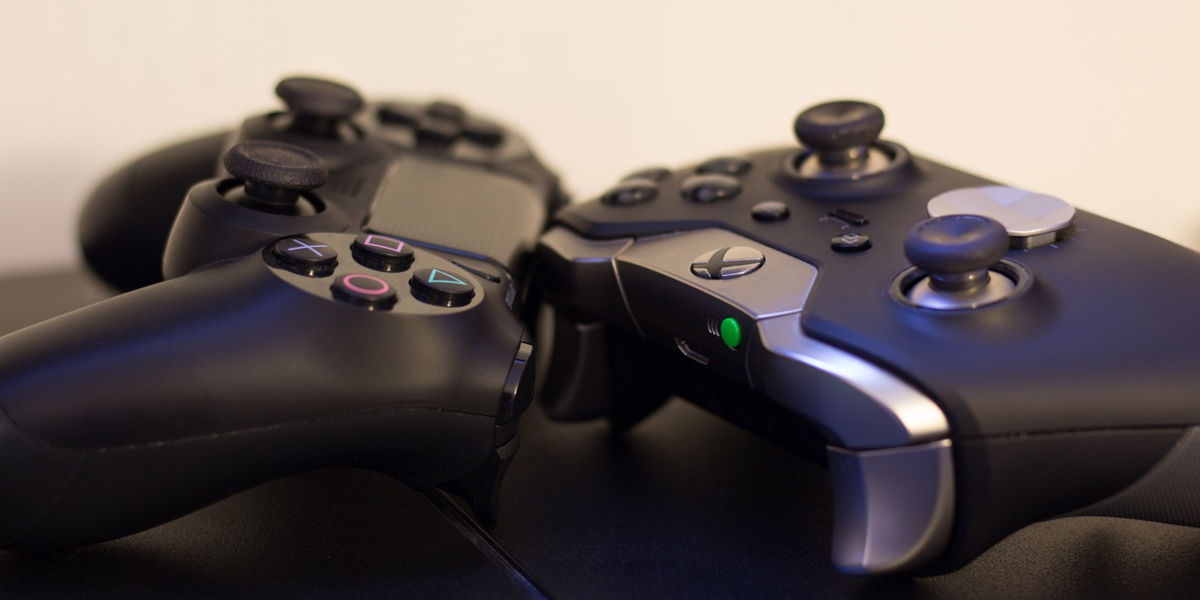For game developers and enthusiasts alike, the prospect of porting games across different platforms is both intriguing and overwhelming. A game that has previously been locked to one specific device suddenly opens up to a diverse range of platforms, spanning from consoles to the rapidly-evolving world of mobile gaming.
In the world of game development, this process acts as a bridge connecting different systems and game lovers worldwide. But, how does the game porting process work? What steps should developers take when trying to port a game to another platform? Welcome to the mesmerising maze of game porting, where we crack open the complexities and make it an achievable task for all!
The Intricacies of Porting Games Across Different Platforms
The act of transferring a game from its original platform to another is comparable to translating a novel from one language to another. While the storyline remains the same, the way it is expressed changes based on the customs and conventions of the new languageóor in our case, the new platform.
Simultaneously, just as an author would remain faithful to the heart and soul of a novel while translating it, developers also aim to retain the essence of the original game during the porting process. This challenging task requires a deep understanding of both the source and target platforms, as well as an obvious talent for game development itself.
Decoding the Game Porting Process
For the uninitiated, the game porting process might seem like a digital magic trickóafter all, how does a game created for a PlayStation smoothly make its way to an Android device? Well, it's not wizardryóit's a well-understood process that we're about to delve into, breaking it down into palatable pieces.
Like any considerable task, the first step is planning. This includes evaluating the source code, assessing compatibility with the target platform, and considering the resources and time required. Once a feasible plan is in place, itís time to move onto the next stepócode translation and adaptation. This is where the skeleton of the game starts to take a different shape, fitting perfectly into the mould of the new platform.
How to Port a Game to Another Platform?
Now that we have demystified what porting is and studied the game porting process, let's dive into the step-by-step guide on how to port a game to another platform. We will take you through the nitty-grittyórigorous evaluation, recoding, testing, and finally, release.
Prepare yourself for a deep dive into the world of successful game porting, as we take the first step together into a process that unites gamers globally. After all, isn't that what gaming is all aboutóconnecting people?
Catering to a Broad Spectrum of Hardware
When we move towards the concretization phase of porting, it's essential for developers to comprehend that the gaming experience on different platforms essentially varies due to the hardware diversity. Understanding and optimizing to the hardware specifications of each platform forms the crucial foundation of the porting process.
For example, a PC might utilize a high-frequency CPU as well as a powerful GPU to run a game at 4k resolution, while a game console might require a more GPU-centric architecture to maximize performance on a 1080p TV. Porting games to mobile platforms would require a more conservative approach owing to lower processing power and memory constraints. Yet, this chip diversity across platforms should not translate into compromised gaming experiences for the user.
When designing for a broad spectrum of hardware possibilities, developers should invest heavily in creating scalable game architectures that can vary in computational complexity. To aid this process, many game engine developers provide tools and metrics to measure and optimize the performance across different processor designs.
Interface Compatibility: Tailoring Gameplay for Every Platform
Now that we have catered to the hardware specifications, the next leap in our porting quest is to adapt the gameplay to the varied input systems. PCs, consoles, and mobiles all feature distinct input controls, and convincing game porting involves reimagining the gameplay for each platform's unique control mechanism.
On a computer, game controls lean towards intricate combinations of mouse movements and keyboard keystrokes while consoles depend on a more streamlined gamepad interface. As for the mobiles, touchscreens and gyroscopic inputs form the basis of controls. Each of these input methods offer distinct levels of precision and interactive richness. Consequently, all these factors should be taken into account while designing game controls to provide the most intuitive and engaging player interaction possible.
Creating Engaging User Interfaces
Every gaming platform has its own set of interaction norms and design aesthetics, and respecting these norms is incredibly crucial while designing the User Interface (UI) of your ported game. In fact, a well-tailored UI often differentiates an excellent port from a less desirable one, as it can greatly enhance the way a player interacts with a game and immerses themselves in the gaming world.
The presentation, paintings, design, controls, and how info is portrayed should mirror the characteristics and usability typologies of different input systems. The scale and readability of UI components are also significant. Do consider aspects like resolution, screen size, viewing distance, and usual usage patterns of each platform while designing the interface.
Conclusion
Game porting is a complex yet rewarding process. Catering to hardware requirements, adapting gameplay for different control inputs, and designing a platform-appropriate UI are keys to achieving success in this area. Though porting might seem like a daunting task at first, with diligent comprehension of platform diversity and a systematic, layered approach, it's possible to deliver a consistent and engaging gaming experience across multiple platforms.




